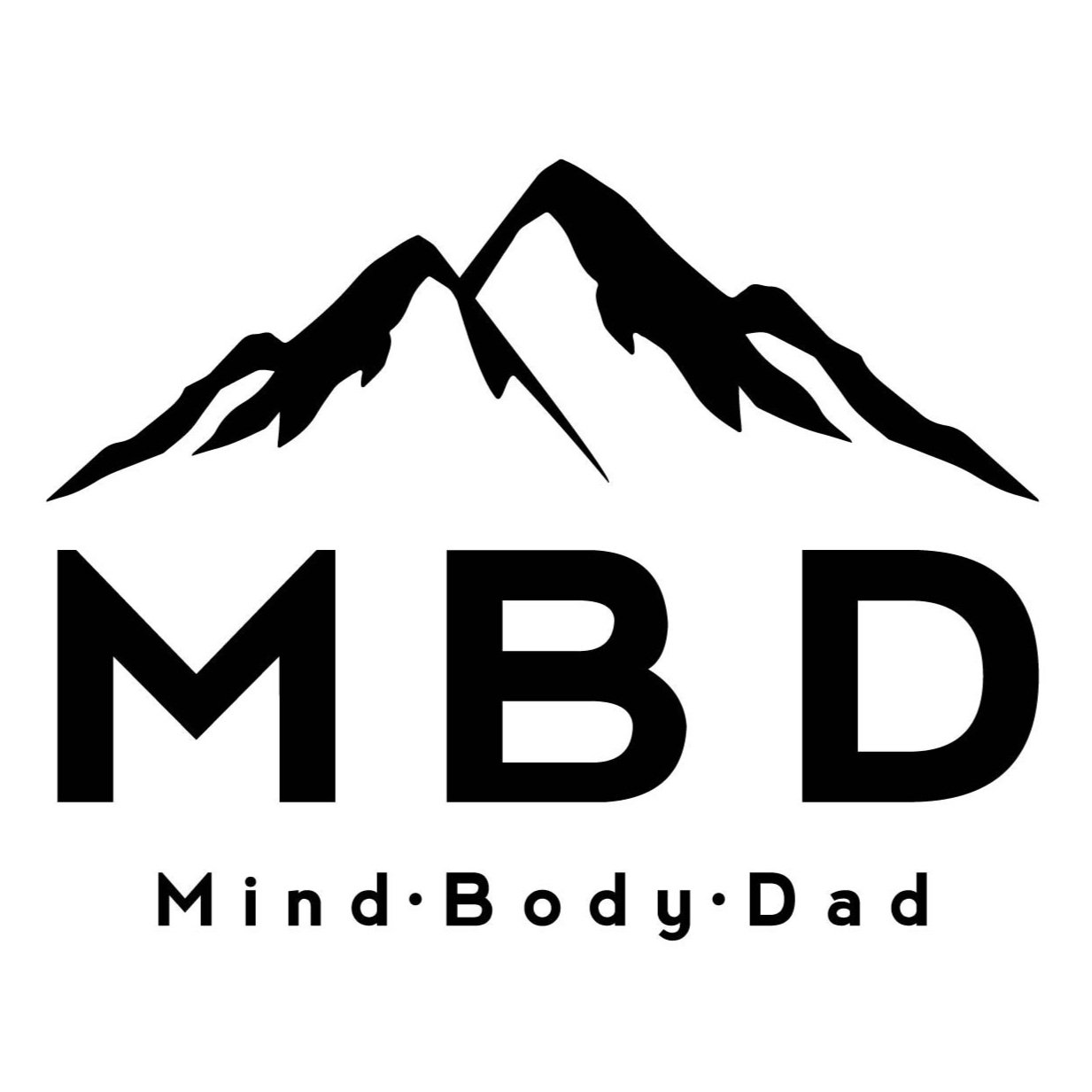From Wrinkles to Workflows: How Smart Tech Is Reshaping Life
Written by Jess Dawkins.
Technology is transforming life at every level, from personal care to complex work environments. Advances in smart tech, such as AI-driven workflows and automation, are streamlining daily tasks and boosting productivity. Smart technology now directly impacts both routine activities like skincare treatments and complex workplace operations by making processes more efficient and effective.
In personal wellbeing, innovations like ultrasound treatments that stimulate collagen production offer tangible benefits for reducing wrinkles and rejuvenating skin, enhancing everyday quality of life. If you’re interested in non-invasive solutions, this website spotlights Sofwave, a smart tech treatment that’s changing the way men approach self-care.
On the professional side, AI tools help reduce response times, manage scheduling, and simplify communication, reshaping how businesses operate and how people interact at work. Dads and professionals alike encounter these changes, whether managing new workflows or adapting to advanced packaging line automation systems in manufacturing settings.
Smart Tech Transformations: From Aging Problems to Modern Workflows
Technology now addresses both personal aging challenges and complex industrial tasks. Innovations like AI, IoT, automation, and data analytics improve quality of life for older adults and optimize business processes, increasing efficiency and informed decision-making.
AI and IoT: The Core Drivers of Change
Artificial intelligence and the Internet of Things form the backbone of smart transformation. AI allows systems to learn and adapt to individual needs, such as monitoring health or providing assistance for older adults. IoT connects devices, enabling real-time data exchange that enhances safety and convenience in daily living.
In industrial settings, AI and IoT collaborate to enhance packaging line automation. For example, AI-powered sensors monitor machines and predict maintenance needs, reducing downtime. Connected devices synchronize operations, improving overall workflow management, and giving press operators and supervisors greater control over efficiency and safety.
Automation in Everyday Life and Business
Automation impacts home and work environments by taking over repetitive or strenuous tasks. For seniors, smart home devices automate lighting, temperature, and reminders, enabling safer independent living. In workplaces, automation streamlines roles that once required manual labor, such as packaging through high-speed palletising machines compatible with diverse container types.
In logistics, automation complements human workers like press operator and forklift professionals, optimizing load handling and minimizing errors. This integration supports faster production cycles and better resource allocation.
Data Analytics and Informed Decision-Making
Data analytics transform raw information into actionable insights. For aging populations, analytics assess health trends and behavior patterns, guiding personalized care and preventive measures. This supports "aging in place" strategies by predicting risks and promoting well-being.
In industrial environments, analytics track performance metrics across complex workflows. Managers gain clarity on bottlenecks and resource allocation, facilitating precise decision-making that improves productivity.
Optimizing the Modern Office: Well-Being, Sustainability, and Productivity
Modern offices integrate technology and design to create efficient work environments that enhance well-being while managing costs. This includes tailoring employee experiences, boosting productivity through smart workflows, and reducing energy consumption with intelligent systems.
Employee Experience and Satisfaction
Employee satisfaction hinges on workspace comfort and adaptability. Ergonomic furniture such as adjustable chairs and sit-stand desks reduce physical strain and support better posture. Combining this with flexible layouts addresses diverse work styles, accommodating both collaborative and focused tasks.
Technology plays a crucial role. Smart offices use sensors and apps to monitor environmental factors like lighting and temperature, adjusting them automatically for individual preferences. This not only improves comfort but also supports mental well-being, leading to lower stress and higher engagement.
Remote work integration demands seamless connectivity and flexible scheduling software. Together, these support employees’ work-life balance, a key factor in long-term satisfaction.
Productivity and Competitive Edge
Streamlined workflows in smart offices enhance output and reduce downtime. Automation tools and AI-driven scheduling help allocate resources efficiently. Businesses see improved task management and communication flow with integrated platforms.
Machine learning algorithms analyze usage patterns to optimize space utilization, minimizing overcrowding and idle areas. This reduces distractions and maximizes focus time.
Enhanced employee well-being correlates directly with productivity. Offices designed to balance openness with quiet zones help maintain concentration and collaborative energy, giving companies a competitive edge by fostering innovation and agility.
Energy Management and Air Quality
Energy consumption is a significant operational cost for many businesses. Smart offices employ energy management systems to monitor and control lighting, heating, and cooling based on occupancy and time of day, substantially lowering waste. These smart tech solutions are part of the evolving workflows that modern men encounter as they balance career and family life in a tech-driven world.
Air quality sensors track pollutants and humidity levels, triggering ventilation adjustments to maintain a healthy environment. Better air quality reduces illness and absenteeism while improving cognitive function.
Sustainability initiatives, like using energy-efficient materials and integrating biophilic design elements, contribute both to environmental goals and employee satisfaction.
Related:
